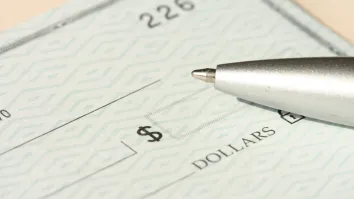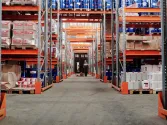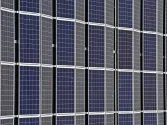Dah Sing Banking Group reports HK$1.4b net profit in FY12
Dah Sing Financial has HK$1.6b net profit.
According to Barclays, DSBG and DSF reported net profit of HK$1.4bn/HK$1.6bn, 25%/11% above their estimates and 19%/13% above Bloomberg consensus.
Here's more from Barclays:
The beats were mainly due to improvement in margin, loan growth, fee income, and the contribution from associate, Bank of Chong Qing, which now accounts for 31% of DSBG's PBT (vs. 29% in FY11). DSF's insurance business also benefited from a strong investment performance (9.7% return in FY12), which offset lower premium income and higher claims.
Sharp margin improvement: Net interest margin rose by 13bps h/h to 1.60% in 2H12 (vs. our forecast +5bps) led by lower funding costs as Dah Sing benefited from abundant liquidity conditions, especially in 4Q12 post-QE3.
There was also some repricing of the loan book as mix shifted towards trade, SMEs and unsecured personal loans and slightly higher treasury investment yields.
Management believes that most of the funding cost benefit has been reflected in 2H12 and has guided to relatively stable margins going forward. We raise our FY13-14E profit estimates by ~28%, reflecting a higher net interest margin (1.62% in FY13E) and loan growth (7% in FY13E).
Trade-related and China loans key growth drivers: Loan growth in 2H12 was stronger than expected, up 5% h/h (vs. only 1.3% in 1H12), driven by trade, manufacturing, China-related loans and unsecured personal loans.
Moreover, asset quality conditions in China were solid, with both the individually assessed NPL ratio (1.2%) and overdue loans ratio (1.2%) improving h/h. Overall the group NPL ratio fell to 0.35% (from 0.45% in 1H12).
Lower dividend payout ratio – DSBG/DSF declared a final dividend of HK23c/89c per share (HK31c/HK$1.18 per share for the full year), resulting in a full-year dividend payout of 27-28%, down from 31-32% in FY11, because of the large non-cash profit contribution from BoCQ (BoCQ's dividend payout in FY11 was only 7%). Management also disclosed that capital adequacy ratio (Tier 1 of 10.3%) under Basel II and Basel III are broadly similar.



















 Advertise
Advertise











